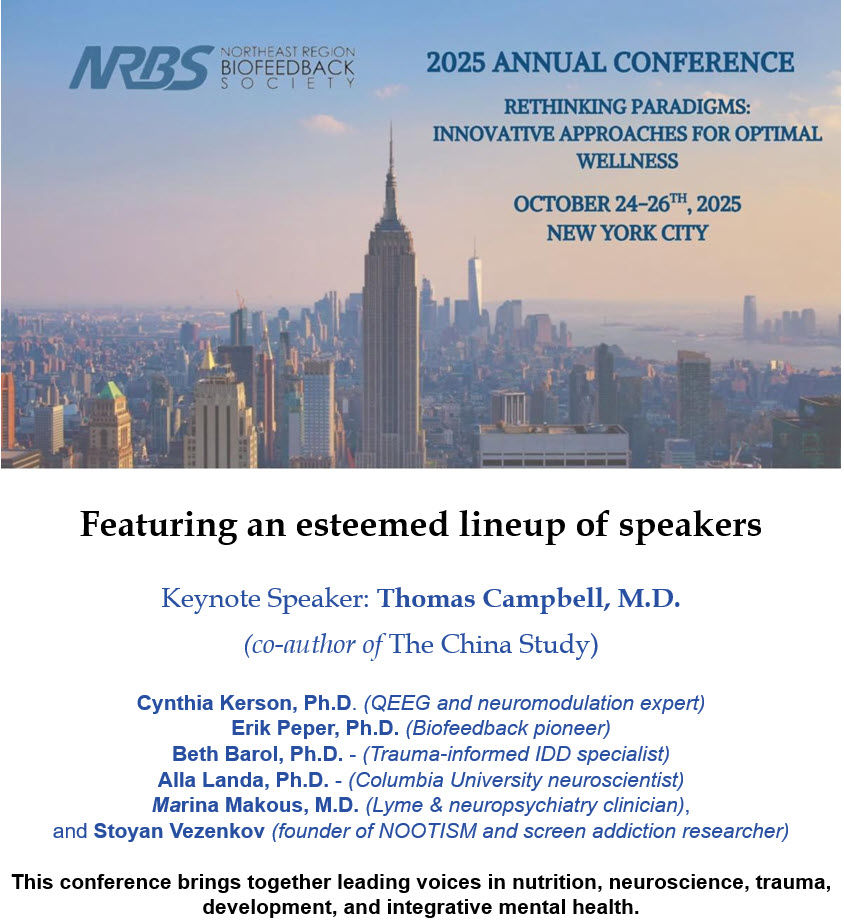5-Min Science: Astrocytes Direct Neuromodulation
- BioSource Faculty
- May 16
- 5 min read
Updated: Aug 1

In her Science article, “Astrocytes, Hidden Puppet Masters of the Brain,” Cagla Eroglu (2025) presents a compelling synthesis of recent research that redefines the role of astrocytes in the central nervous system.
Long considered passive support cells, astrocytes are now shown to be indispensable intermediaries in neuromodulatory signaling, with profound implications for how neuronal circuits operate and adapt to neuromodulators such as dopamine and norepinephrine. This shift from a neuron-centric to a glia-inclusive model of brain function has the potential to reorient our understanding of behavioral regulation and neuropathology.
Astrocytes as Active Neuromodulators
Astrocytes influence neural circuit activity by detecting neuromodulators through G protein–coupled receptors (GPCRs). Upon activation, these receptors trigger a cascade of intracellular events, notably increased intracellular calcium and reduced cyclic adenosine monophosphate (cAMP). These changes lead to the release of ATP (adenosine triphosphate), which is then rapidly converted in the extracellular space to adenosine. Adenosine binds to presynaptic receptors on neurons and inhibits the release of classical neurotransmitters, thereby modulating synaptic transmission. Astrocyte graphic © Madrock24/Shutterstock.com.

Key Experimental Findings
The study by Guttenplan et al. (2025) demonstrated that in fruit flies (Drosophila melanogaster), activation of astrocytic tyramine receptors led to calcium elevations and reduced cAMP, which in turn enhanced the trafficking of dopamine receptors to the astrocyte membrane. This gating mechanism rendered astrocytes more responsive to dopamine and significantly influenced motor behavior, such as the righting reflex, a simple measure of neuromotor coordination in larvae.
In parallel, Chen et al. (2025) investigated the behavioral implications of astrocytic neuromodulation in zebrafish. They showed that norepinephrine released from the locus coeruleus—a brainstem region critical for arousal and attention—activated α1-adrenergic receptors on astrocytes. This activation led to calcium-mediated ATP release and its extracellular breakdown into adenosine. Using a behavioral assay that assessed transitions from active to passive states in zebrafish larvae, they found a tight correlation between norepinephrine-driven astrocytic calcium elevations and behavioral disengagement. Pharmacological inhibition of ATP-to-adenosine conversion prevented this transition, providing causal evidence that astrocytic signaling shapes behavioral state dynamics. These findings were further supported by previous work in mice, where dopamine-induced astrocytic calcium signaling in the nucleus accumbens modulated reward-related behaviors.
Lefton et al. (2025) expanded the scope of astrocyte involvement in neuromodulation to the mammalian hippocampus. Using ex vivo brain slices, they demonstrated that norepinephrine depressed synaptic transmission by acting exclusively through astrocytic α1A-adrenergic receptors. These receptors triggered calcium increases in astrocytes, leading to ATP release and subsequent adenosine-mediated inhibition of presynaptic neurotransmitter release. Crucially, genetic deletion of these receptors in astrocytes—but not in neurons—abolished the effect, providing strong evidence that astrocytes are the principal mediators of norepinephrine's impact on hippocampal synaptic plasticity. The implication that astrocytes, not neurons, control key features of learning- and memory-related circuits represents a significant departure from traditional models.
Implications for Neuroscience and Psychiatry
These converging findings position astrocytes as evolutionarily conserved and functionally central agents in neuromodulation across species, from flies to mammals. They suggest that astrocytes do not merely respond to neuromodulators but actively gate their effects on neuronal activity and behavior. Eroglu underscores the broader significance of these discoveries, particularly in their implications for psychiatry and neurology. Many neuropsychiatric disorders, including depression, anxiety, and schizophrenia, are characterized by dysregulated neuromodulation. Traditionally, these disorders have been attributed to abnormalities in neuronal receptor function or neurotransmitter availability. However, the emerging evidence that astrocytes regulate neuromodulator sensitivity and synaptic efficacy invites a reconsideration of glial contributions to these conditions.
Eroglu calls for further research into astrocytic neuromodulation in higher brain regions, such as the cortex, thalamus, and basal ganglia, and more complex behaviors, including decision-making and learning. Advances in genetic manipulation, such as cell-type–specific attenuation of Gq-coupled GPCR signaling, have already shown that disrupting astrocytic pathways causes distinct behavioral deficits in mice (Nagai et al., 2021). These tools will be essential for disentangling the causal roles of astrocytic signaling in cognition and affect. In parallel, ongoing work using live imaging of astrocyte activity in behaving animals will help determine whether astrocytes directly encode task-relevant information or act as modulatory hubs that indirectly shape neuronal computation.
The studies reviewed by Eroglu collectively dismantle the outdated view of astrocytes as passive scaffolds and establish them as essential, active participants in brain function. This paradigm shift holds substantial translational potential, suggesting that astrocyte-targeted therapies might augment or replace current approaches focusing exclusively on neurons. Just as neuromodulation underlies adaptability, plasticity, and state-dependent processing in the brain, astrocytes may be the long-overlooked linchpins of these critical capacities.
Five Key Takeaways
Astrocytes actively participate in neuromodulation, detecting neuromodulators and modulating neuronal activity through gliotransmitter release.
GPCR signaling in astrocytes initiates intracellular cascades involving calcium and cAMP, crucial for behavioral regulation.
Astrocytic pathways are evolutionarily conserved, with similar mechanisms observed in Drosophila, zebrafish, and mammals.
Astrocytes mediate synaptic plasticity, particularly in response to neuromodulators like norepinephrine, affecting learning and memory.
Astrocytic dysfunction may underlie neuropsychiatric disorders, suggesting potential for novel therapeutic strategies targeting astrocyte signaling.
Glossary
adenosine: a neuromodulatory molecule derived from ATP that inhibits neurotransmitter release by binding to neuronal receptors.
adenylate cyclase is an enzyme that converts ATP to cAMP, which plays a role in intracellular signaling pathways.
astrocyte: a star-shaped glial cell supporting neurons and modulating synaptic activity.
ATP (adenosine triphosphate): an energy-carrying molecule released by astrocytes, which is converted extracellularly to adenosine.
cAMP (cyclic adenosine monophosphate): a secondary messenger important in many biological processes, including regulating metabolism and gene expression.
calcium signaling: a cellular signaling pathway where calcium ions act as a signal, influencing various cellular processes.
chemogenetics: a technique that uses engineered proteins to control cell activity in response to specific chemicals.
dopamine: a neurotransmitter involved in reward, motivation, and motor control.
GPCR (G protein–coupled receptor) is a large family of cell surface receptors responding to various external signals.
norepinephrine: a neuromodulator that exerts its effects not directly through neurons, but primarily by activating specific G protein–coupled receptors (α1- and α1A-adrenergic receptors) on astrocytes.
References
Chen, A. B., Mu, Y., Du, J., Lu, W., Tien, N. W., Zhang, Y., Lin, D., & Ahrens, M. B. (2025). Astrocyte α1-adrenergic receptors mediate norepinephrine signaling and behavioral disengagement in zebrafish. Science, 388(6641), 769–775. https://doi.org/10.1126/science.adk2543
Corkrum, M., Covelo, A., Lines, J., Bellocchio, L., Pisansky, M., Loke, K., Quintana, R., Rothwell, P. E., & Araque, A. (2020). Dopamine-evoked astrocyte signaling in the nucleus accumbens modulates behavioral responses to psychostimulants. Neuron, 105(6), 1036–1047.e6. https://doi.org/10.1016/j.neuron.2019.12.026
Doron, A., Rubin, A., Benmelech-Chovav, A., Dubin, U., Valdebenito-Maturana, B., & Mizrahi, A. (2022). Hippocampal astrocytes encode reward location. Nature, 609(7927), 772–778. https://doi.org/10.1038/s41586-022-05219-6
Eroglu, C. (2025). Astrocytes, hidden puppet masters of the brain. Science, 388(6641), 763–778. https://doi.org/10.1126/science.adp8146
Guttenplan, K. A., Liddelow, S. A., Bazalakova, M., Li, X., Daneman, R., & Barres, B. A. (2025). Astrocytic cAMP signaling gates dopamine responsiveness and motor behavior. Science, 388(6641), 763–768. https://doi.org/10.1126/science.adk1732
Lefton, K. B., Zhang, Q., Bozza, T., & Jackson, A. C. (2025). Astrocyte-mediated synaptic depression via norepinephrine in mouse hippocampus. Science, 388(6641), 776–782. https://doi.org/10.1126/science.adk2287
Ma, Z., Stork, T., Bergles, D. E., & Freeman, M. R. (2016). Neuromodulators signal through astrocytes to alter behavior. Nature, 539(7628), 428–432. https://doi.org/10.1038/nature20145
Mu, Y., Bennett, D. V., Rubinov, M., Narayan, S., Yang, C. T., Tien, N. W., Du, J., Looger, L. L., & Ahrens, M. B. (2019). Glia modulate a neuronal circuit for locomotion suppression during behavioral arrest. Cell, 178(1), 27–43.e17. https://doi.org/10.1016/j.cell.2019.05.019
Nagai, J., Rajbhandari, A. K., Gangwani, M. R., Hachisuka, A., Coppola, G., Masmanidis, S. C., & Khakh, B. S. (2021). Hyperactivity with disrupted attention by activation of an astrocyte synaptogenic cue. Neuron, 109(15), 2536–2551.e8. https://doi.org/10.1016/j.neuron.2021.05.014

BioSource Software supported Isaac Compton's participation in the Biofeedback Federation of Europe meeting in Brescia, Italy this year.

Support Our Friends










Comments